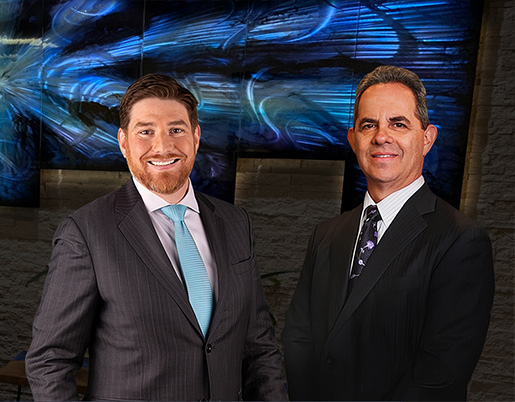Any time there is major flooding in an area, the increase of flood damaged vehicles on the market also increases. Many of these these vehicles have been picked up by “middle men”, who take them to states unaffected by flooding, and unload them. Consumers looking to buy a vehicle may not suspect a vehicle as being flood damaged, and because they have been quickly “unloaded”, obvious sings may not be noticed right away. But, “Water Leaves Lasting Damage!” When problems start to arise, there is no protection for a flooded lemon. As soon as an auto manufacturer knows the vehicle has been flood damaged, it is difficult to get it bought back under the lemon law.
Your best bet is to avoid buying these vehicles all together. Here are a few tips to help you avoid buying a flood damaged vehicle.
- Moisture and Dirt: Moisture and gritty dirt in lights, the glove compartment, console, under seats and under the hood are a good sign the vehicle has been flooded. Many of these vehicles have been cleaned up and dried out, but missed areas is a good give away.
- Moldy Smell: Carpets and seats take a long time to dry out and it doesn’t take long for odors to appear. You may also notice fuel and oily smells that may have gotten into flood waters.
- Mismatched Interior Components: Mismatched components, could be a sign that parts may have been changed in a hurry after the vehicle was pulled from flood waters.
- Malfunctioning Electrical Devices: The electrical components will be the first thing affected by flood water. Corrosion on connections and water damage on electronic circuit boards could lead to electrical system glitches or systems not working at all.
- Get The Vehicle Inspected: Even if your don’t suspect the vehicle of flood damage, you should still get the vehicle inspected. A trained technician knows what to look for and will notice anything odd about the vehicle.
- Get The Vehicles History Report: Finding a vehicles history report is as easy as entering the vehicle identification number (VIN), but it is not a guarantee the vehicle has not suffered water damage. Look for signs that the car has recently been titled in multiple states, especially if it has been recently titled out of flood areas or into areas where damage disclosures don’t exist.
If you suspect a vehicle has been involved in a flood, “Don’t Buy It!”. It could take a while before problems start to show up, and the price of replacement costs not covered under warranty could far outweigh the “great deal” you got when you purchased the vehicle.









